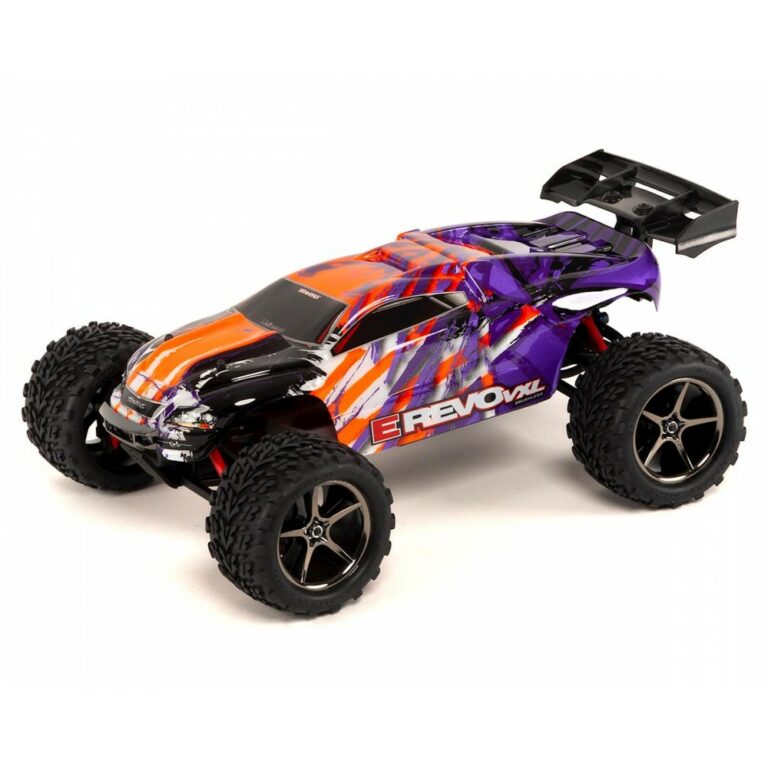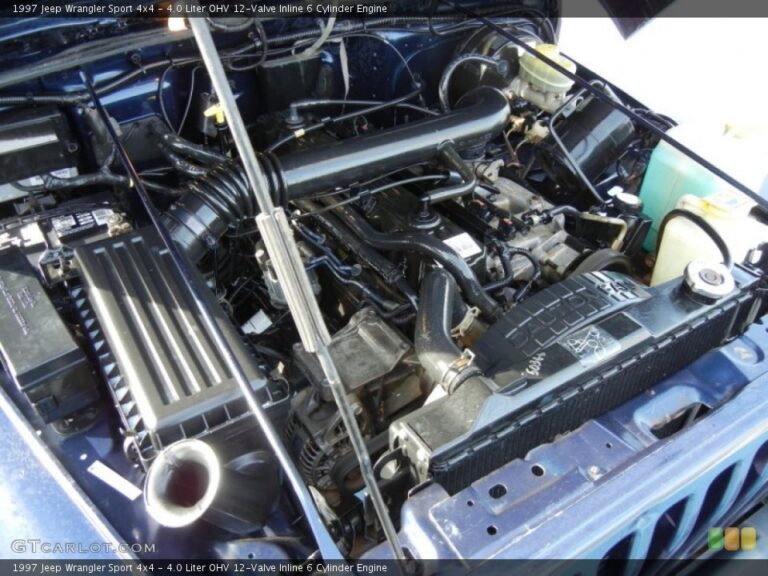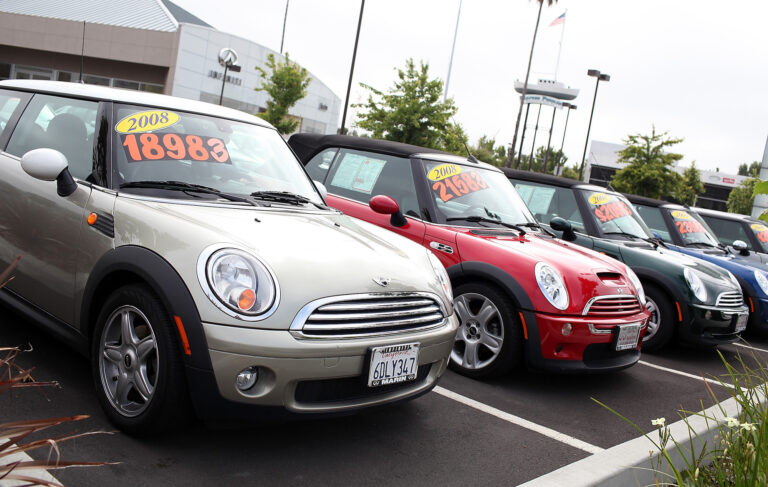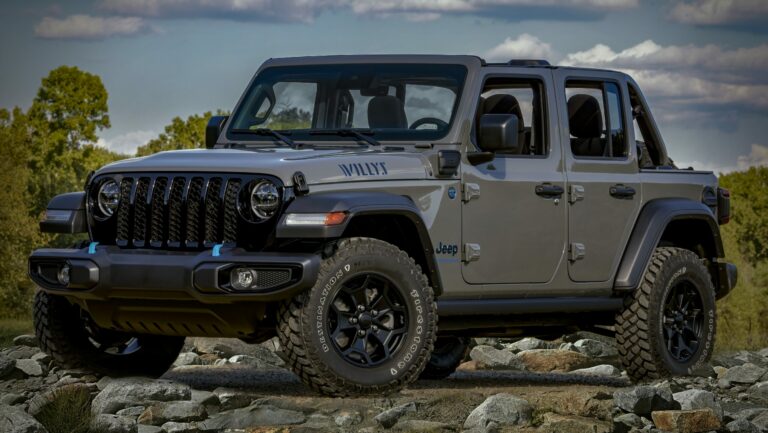1994 Jeep Sahara For Sale: Your Ultimate Guide to Finding and Owning an Icon
1994 Jeep Sahara For Sale: Your Ultimate Guide to Finding and Owning an Icon jeeps.truckstrend.com
Introduction: The Timeless Allure of the 1994 Jeep Sahara
The year 1994 holds a special place in the hearts of Jeep enthusiasts, marking the penultimate year of the iconic YJ Wrangler generation. Among the various trims offered, the Sahara stands out as a unique blend of rugged capability and distinctive style. For those on the hunt for a "1994 Jeep Sahara For Sale," you’re not just searching for a vehicle; you’re seeking a piece of automotive history, a symbol of freedom, and a ticket to adventure. This article serves as your comprehensive guide, detailing what makes the 1994 Jeep Sahara so desirable, what to look for when purchasing one, and what to expect from ownership of this classic off-roader.
1994 Jeep Sahara For Sale: Your Ultimate Guide to Finding and Owning an Icon
The 1994 Jeep Sahara, part of the YJ series (1987-1995), is instantly recognizable by its distinctive square headlights – a feature that sets it apart from all other Wrangler generations. The Sahara trim specifically elevated the Wrangler from a utilitarian off-roader to a more refined, yet still incredibly capable, lifestyle vehicle. With its unique graphics, body-color fender flares, upgraded interior, and often-included hardtop, the Sahara offered a more comfortable and stylish take on the legendary Jeep formula. Finding one for sale today offers a rare opportunity to own a vehicle that perfectly encapsulates the spirit of its era while remaining incredibly relevant for modern-day adventures.
The Enduring Appeal of the YJ Sahara: More Than Just Square Headlights
The YJ Wrangler, despite its initial controversy over the square headlights, quickly cemented its place in Jeep lore. It was the first Wrangler, transitioning from the CJ series, and introduced modern manufacturing techniques while retaining the core essence of open-air, go-anywhere capability. The 1994 model year benefits from years of refinement within the YJ production run, making it a particularly robust choice.
The Sahara trim level, in particular, offered several distinguishing features that set it apart:
- Unique Exterior: Body-color fender flares, specific "Sahara" decals and pin-striping, and often a distinctive "Spice" (tan) soft top or hardtop, giving it a more upscale appearance than the base models.
- Upgraded Interior: Special fabric seats (often with unique patterns), carpeted floors (a luxury for a Jeep!), and sometimes an upgraded sound system. These touches made the Sahara a more comfortable daily driver.
- Standard Features: Many Sahara models came standard with desirable features like the 4.0L inline-six engine, power steering, and power brakes, which were often optional on lower trims.
- Pop Culture Icon: The YJ Wrangler, especially the Sahara, gained significant recognition from its appearance in the original "Jurassic Park" movie, further cementing its status as a cool and adventurous vehicle.

For enthusiasts, the 1994 Sahara represents a sweet spot: it has the classic, raw Jeep feel without being overly complex, yet it offers enough creature comforts to be genuinely enjoyable on and off the road. Its relative simplicity also makes it highly appealing for DIY maintenance and modifications.
What to Look For When Buying a 1994 Jeep Sahara
Acquiring a vintage vehicle like the 1994 Jeep Sahara requires careful inspection. Rust, mechanical wear, and previous modifications are all critical factors. Here’s a comprehensive checklist:

1. Rust Inspection: The Silent Killer
Rust is the single biggest enemy of older Jeeps. Be meticulous in your inspection:
- Frame: Pay close attention to the frame rails, especially near the leaf spring hangers, skid plates, and the rear cross member (where the hitch often mounts). Probe with a screwdriver if possible.
- Body Tub: Check the floorboards (especially under the carpet), rocker panels, areas around the body mounts, and the rear cargo area. Water tends to collect here.
- Fender Flares & Doors: Rust can bubble up under the painted fender flares and along the bottom edges of the doors.
- Windshield Frame: Common rust spots include the bottom edge of the windshield frame where it meets the cowl.

2. Engine and Drivetrain: The Heart of the Beast
Most 1994 Saharas came with the legendary 4.0L (242 cu in) inline-six cylinder engine, known for its incredible durability and torque. A smaller 2.5L (150 cu in) inline-four was also available, but less common for the Sahara trim.
- 4.0L I6: Listen for unusual noises (knocks, ticks), check for oil leaks (especially from the valve cover, oil pan, and rear main seal). Ensure the cooling system is in good condition – check the radiator, hoses, and look for signs of overheating.
- 2.5L I4: While less powerful, it’s also very reliable. Similar checks for leaks and noises apply.
- Transmission:
- Manual (AX-15 5-speed): Check for smooth shifts, no grinding, and proper clutch engagement. Listen for bearing noise.
- Automatic (32RH 3-speed): Ensure smooth shifts, no slipping, and proper fluid level and color.
- Transfer Case (NP231 Command-Trac): Test 2WD, 4-High, and 4-Low engagement. Listen for grinding or clunking.
- Axles: Check for leaks around the differential covers and axle seals. Listen for humming or clunking during turns or acceleration, which could indicate worn gears or bearings.
3. Suspension and Steering: On and Off-Road Performance
The YJ uses leaf springs at all four corners.
- Leaf Springs: Check for sagging, broken leaves, or excessive rust on the shackles and mounts.
- Shocks: Look for leaks or obvious signs of wear.
- Steering: Check for excessive play in the steering wheel. This could indicate worn tie rod ends, ball joints, or a worn steering box. Have someone turn the wheel while you observe the steering linkage.
4. Interior and Electrical: Comfort and Functionality
- Sahara-Specific Interior: Verify the condition of the unique fabric seats, carpet, and door panels. These can be hard to source if damaged.
- Gauges and Controls: Test all dashboard gauges, lights, HVAC controls, wipers, and the radio.
- Windows & Doors: Ensure windows roll up and down smoothly (if manual), and doors open and close properly. Check the condition of door hinges.
- Soft Top/Hardtop: If included, inspect for rips, tears, clear window visibility (soft top), or cracks/damage (hardtop). Check all latches and seals.
5. Exterior and Body: Aesthetics and Integrity
- Paint: Check for faded paint, especially on the hood and top surfaces. Look for signs of repainting, which could indicate accident repair.
- Decals: Original Sahara decals are often faded or peeling. Their presence (even if worn) can indicate a true Sahara.
- Underbody Armor/Skid Plates: Check for damage from off-road use.
6. Documentation and History: The Paper Trail
- Service Records: A stack of maintenance records indicates a well-cared-for vehicle.
- Accident History: Ask for a vehicle history report (CarFax, AutoCheck) to check for accidents, salvage titles, or flood damage.
- Previous Owners: The fewer, the better, but a dedicated enthusiast owner is ideal.
Common Modifications and Enhancements
Many 1994 Jeep Saharas have been modified over the years. These can be a pro or a con depending on your goals.
- Lift Kits: Common for off-road capability. Inspect the quality of the lift and installation. Poorly installed lifts can cause handling issues.
- Larger Tires: Often accompany lift kits. Check for rubbing on fender flares or frame.
- Aftermarket Bumpers/Winch: Can add functionality but also weight.
- Engine Upgrades: Less common, but some may have performance enhancements.
- Interior Upgrades: Aftermarket seats, sound systems.
A stock or lightly modified Sahara in good condition will generally hold more value to collectors, while a well-executed modified one can be a great turn-key off-roader.
Owning a 1994 Jeep Sahara: Practicalities and Joys
Owning a 1994 Jeep Sahara is a unique experience.
- Maintenance: Parts for YJs are generally readily available and affordable, thanks to their popularity and shared components with other Jeep models. Many repairs can be tackled by a DIY enthusiast.
- Fuel Economy: Don’t expect stellar MPG. The 4.0L is robust but thirsty, typically yielding 14-18 MPG.
- Driving Experience: It’s not a modern, quiet SUV. Expect a firm ride, some road noise, and a feeling of being connected to the road (and trail). The open-air experience with the top down is unparalleled.
- Community: Joining the Jeep community is a huge part of the experience. The "Jeep wave" is real, and there are countless clubs and events for YJ owners.
Determining a Fair Price for a 1994 Jeep Sahara
The price of a 1994 Jeep Sahara can vary significantly based on condition, mileage, modifications, location, and the completeness of its Sahara-specific features. A well-maintained, mostly original Sahara will command a higher price than a rusty, heavily modified, or neglected example.
Here’s a general pricing guide:
1994 Jeep Sahara Estimated Price Guide
| Condition Category | Description | Estimated Price Range (USD) |
|---|---|---|
| Excellent | Near-showroom quality. Minimal to no rust. Original paint/decals in great condition. Flawless interior. Low mileage for its age. All mechanicals sound. Well-documented history. Often a collector’s item. | $15,000 – $25,000+ |
| Good | Well-maintained. Minor cosmetic imperfections (small dents, faded paint in spots). Minimal surface rust, no major structural rust. Clean interior with minor wear. All systems functional. Moderate mileage. Drives well. | $10,000 – $14,999 |
| Fair | Drivable, but needs work. Noticeable cosmetic flaws (dents, scratches, fading, peeling decals). Some minor rust spots (surface or small perforations) that need addressing. Interior shows wear/tears. May have minor mechanical issues. | $6,000 – $9,999 |
| Poor/Project | Significant rust (potentially structural). Major cosmetic damage. Non-functional systems. Significant mechanical issues (engine, transmission, 4WD). High mileage or unknown history. Requires substantial restoration. | $3,000 – $5,999 |
Note: Prices can fluctuate based on market demand, region, and specific features (e.g., hardtop vs. soft top only, specific rare options). A Sahara with the 4.0L engine is generally more desirable.
Practical Advice and Actionable Insights
- Do Your Research: Understand the YJ platform and common issues before you even start looking.
- Inspect Thoroughly: Use the checklist provided above. Bring a flashlight and a magnet (to check for body filler).
- Test Drive: Drive it on various surfaces if possible – highway, city, and even some light off-road if the seller permits. Listen for noises, feel for vibrations, and test all gears and 4WD.
- Get a Pre-Purchase Inspection (PPI): If you’re serious about a vehicle, especially from a private seller, pay a trusted mechanic (ideally one familiar with Jeeps) to perform a comprehensive inspection. This small investment can save you thousands later.
- Negotiate: Don’t be afraid to negotiate the price based on your findings during the inspection.
- Budget for the Unexpected: Even a well-inspected vintage vehicle can have surprises. Set aside a contingency fund for immediate repairs or maintenance.
Concluding Summary: Embracing the Jeep Life
The 1994 Jeep Sahara for sale represents a unique opportunity to own a piece of American automotive heritage. Its blend of classic Jeep ruggedness, distinctive YJ styling, and Sahara-specific enhancements makes it a highly sought-after vehicle for both off-road enthusiasts and collectors alike. While buying a 30-year-old vehicle comes with its challenges, a thorough inspection and understanding of its potential quirks will ensure you find a Sahara that brings years of open-air joy and adventure. It’s more than just a car; it’s a lifestyle, a community, and a testament to enduring design and capability.
Frequently Asked Questions (FAQ)
Q1: Why is the 1994 Sahara trim more desirable than other YJ models?
A1: The Sahara trim offered unique cosmetic upgrades like body-color fender flares, distinctive decals, and an upgraded interior (special fabric seats, carpeting), giving it a more premium and stylish look compared to the more utilitarian base models. It also often came with the more powerful 4.0L engine and desirable features as standard.
Q2: What are the most common rust spots on a 1994 Jeep YJ?
A2: The most common rust spots are the frame (especially near the leaf spring mounts and rear cross member), body tub floorboards, rocker panels, and the windshield frame. Thoroughly inspect these areas.
Q3: Is the 4.0L engine reliable in the 1994 Sahara?
A3: Absolutely. The AMC 4.0L inline-six is legendary for its durability and longevity. With proper maintenance, it can easily last 200,000-300,000 miles or more. Common issues are usually minor, like oil leaks (valve cover, rear main seal) or cooling system maintenance.
Q4: Can a 1994 Jeep Sahara be used as a daily driver?
A4: Yes, but with caveats. It’s not as quiet, comfortable, or fuel-efficient as modern SUVs. However, for those who appreciate its raw, connected driving feel and open-air experience, it can certainly serve as a daily driver. Just be prepared for its unique characteristics.
Q5: What’s the main difference between a YJ (1994 Sahara) and a TJ Wrangler?
A5: The most obvious visual difference is the headlights: YJs have square headlights, while TJs (1997-2006) reverted to round headlights. Mechanically, TJs introduced a coil spring suspension (replacing the YJ’s leaf springs) for a more refined ride, and updated interiors.
Q6: Are parts hard to find for a 1994 Jeep Sahara?
A6: No, parts are generally very easy to find. Due to the YJ’s popularity and the long production run of many of its components (especially the 4.0L engine), aftermarket and OEM replacement parts are widely available and often affordable.




